Yes, we capitalize it!
The official verdict hit in January 2016 that the sword was a modern brass souvenir, and not a magical Roman ticket to a self-aggrandized franchise for the promotion of diffusionism. Alas, facts didn’t seem to matter to some, and the circus never quite left town. One year and a few months into the debacle, the Fake Hercules Sword database has grown to a whopping n=24 examples. That’s a new sword every two or three weeks! The regular flow of new swords, the growing timeline of data, and the continued involvement of die-hards, means blogging and Facebooking just isn’t enough to cover the zeitgeist. The rallying cry for video action was made at the 1st Anniversary Party and out of the primordial digital soup, a video came forth . . . and then another . . . a couple more . . . and crap now there are almost as many videos as swords!
So now it’s official. Well, maybe. It’s either the official unofficial or the unofficial official YouTube channel for Swordgate. Yes, Swordgate has gone multimedia in an entertainment conquering effort to control your minds with a visual and aural bombardment. Developed initially by freelance independent producer Critical Thinking, his early work caught the eye of S.I.R., the Swordgate Institute of Research, and a friendly takeover bid was made. S.I.R. has now invested deeply and the Critical Thinking Laboratory is up and running as a wholly owned subsidiary juggernaught.
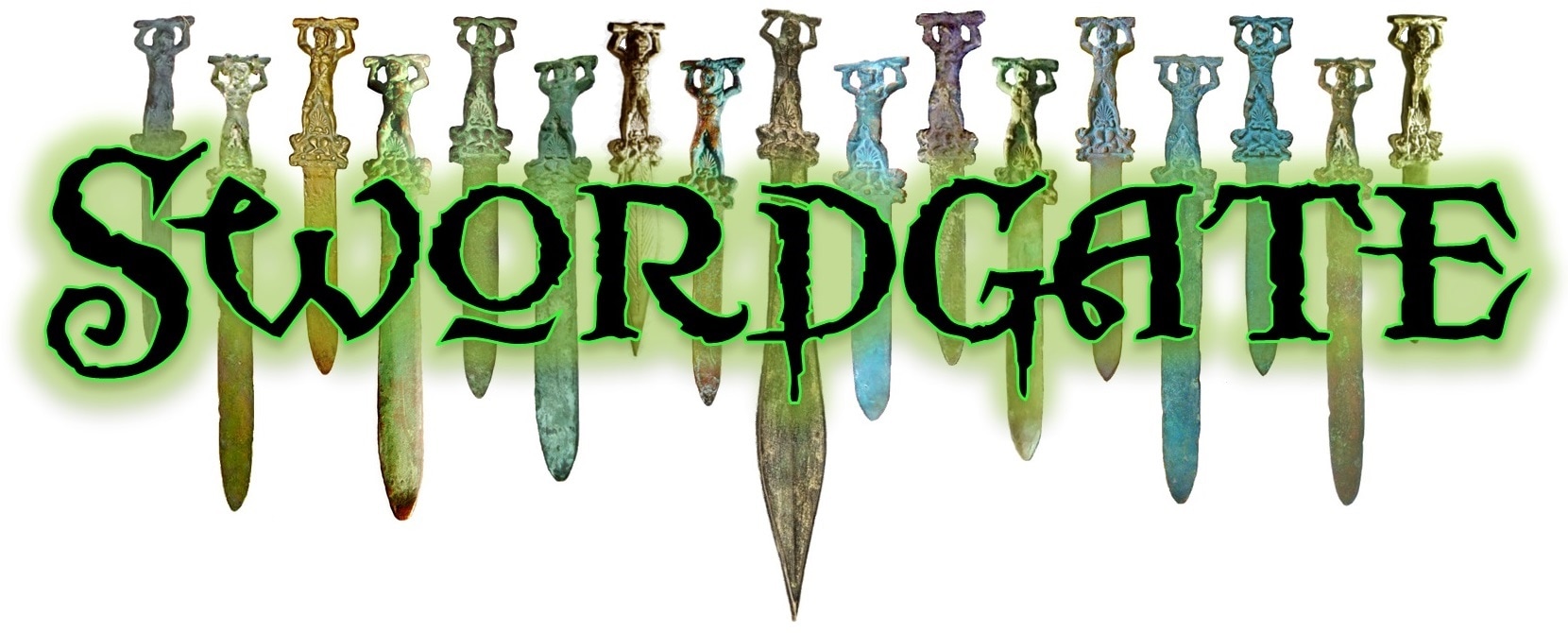
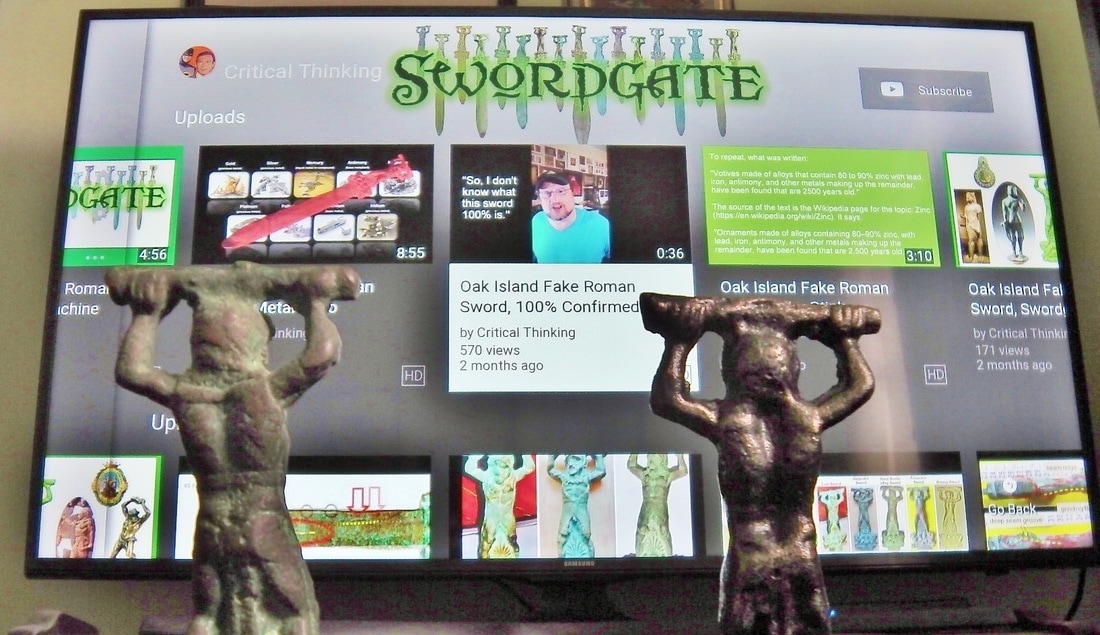
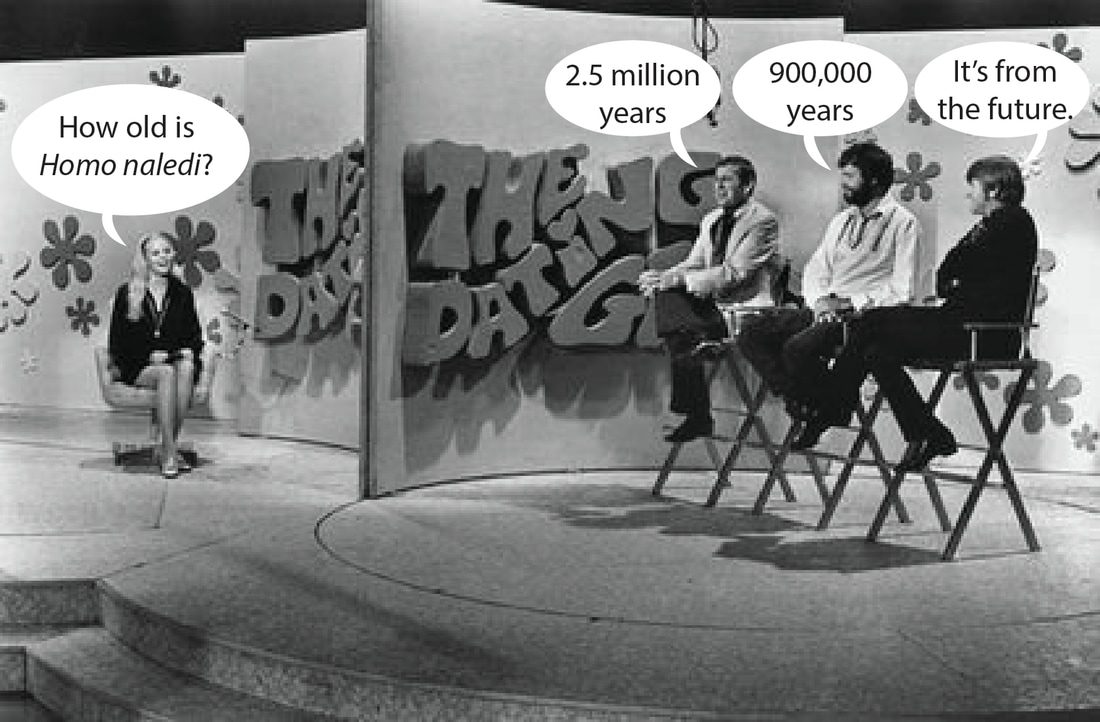

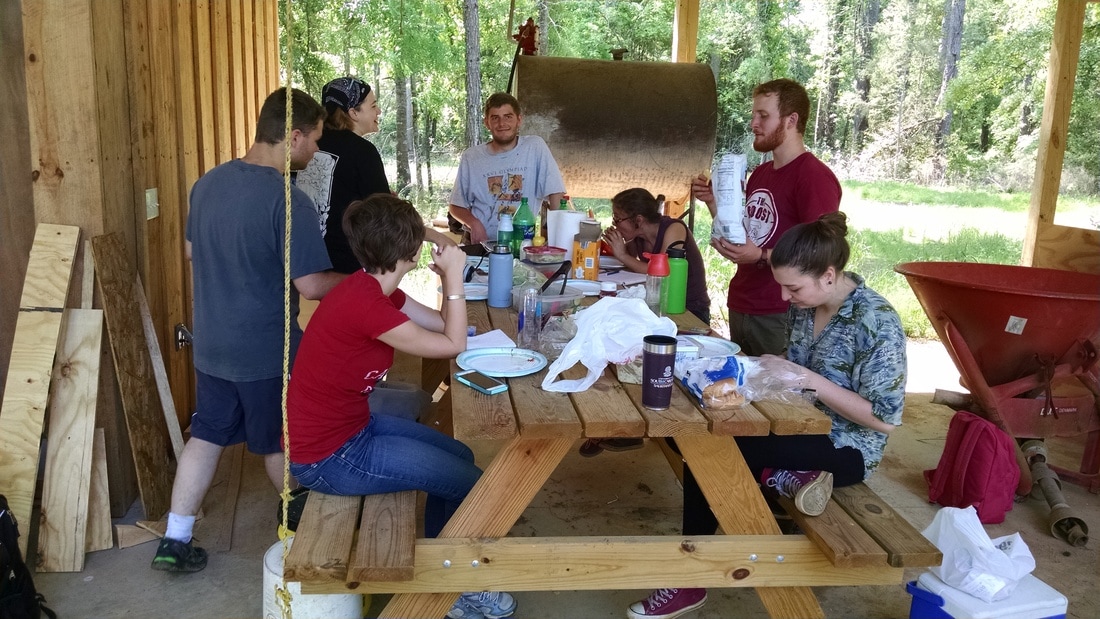
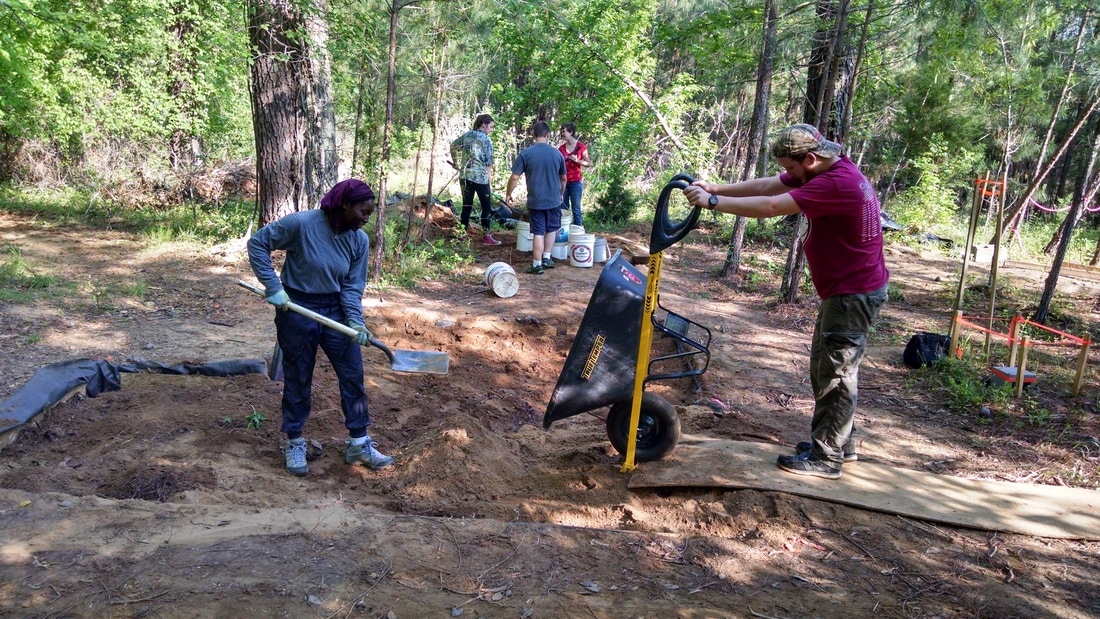
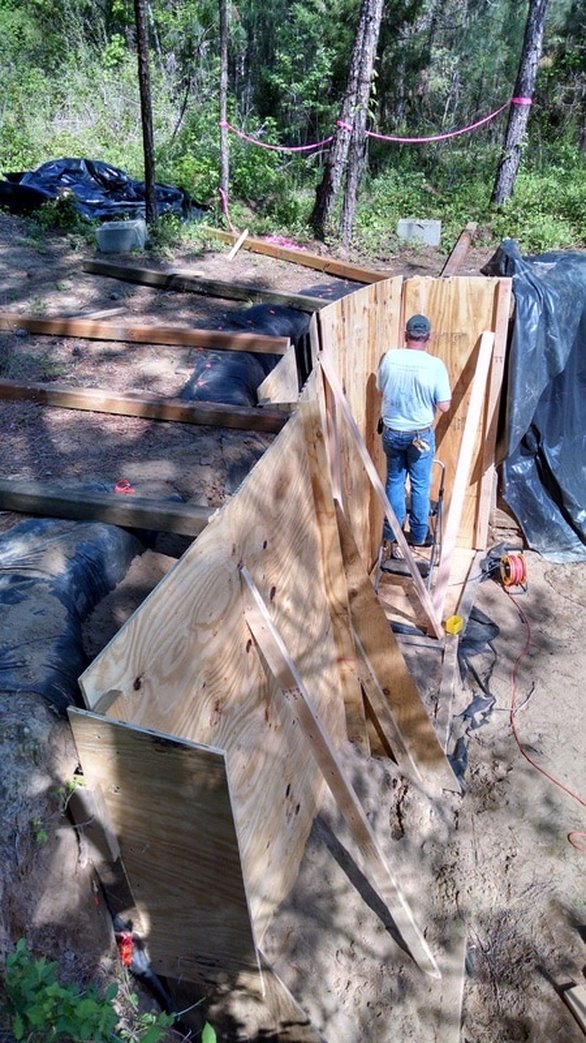
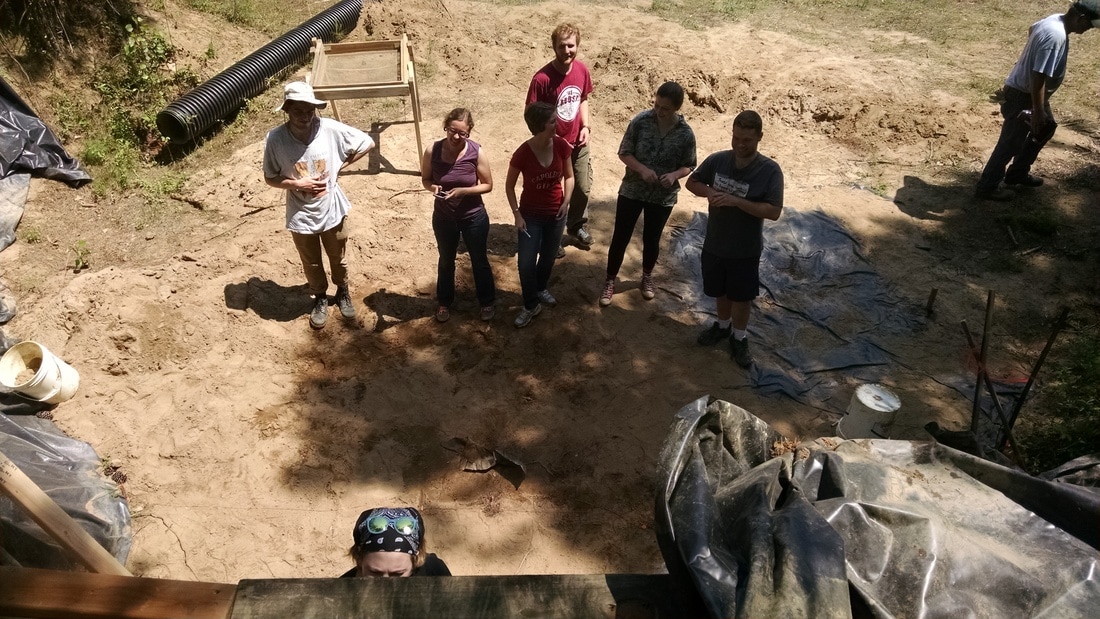
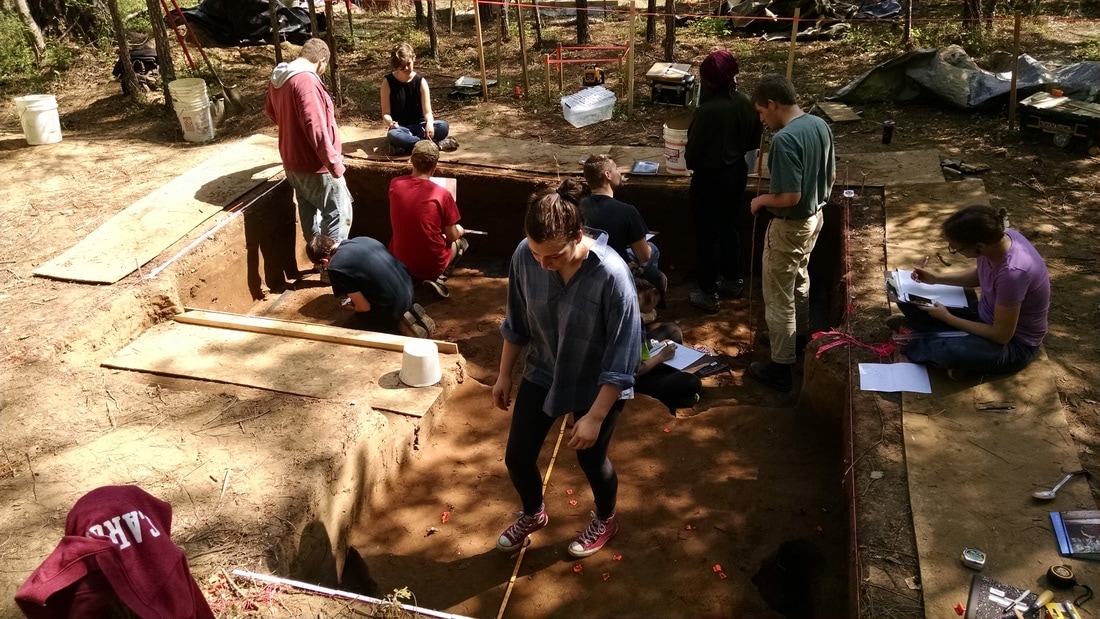
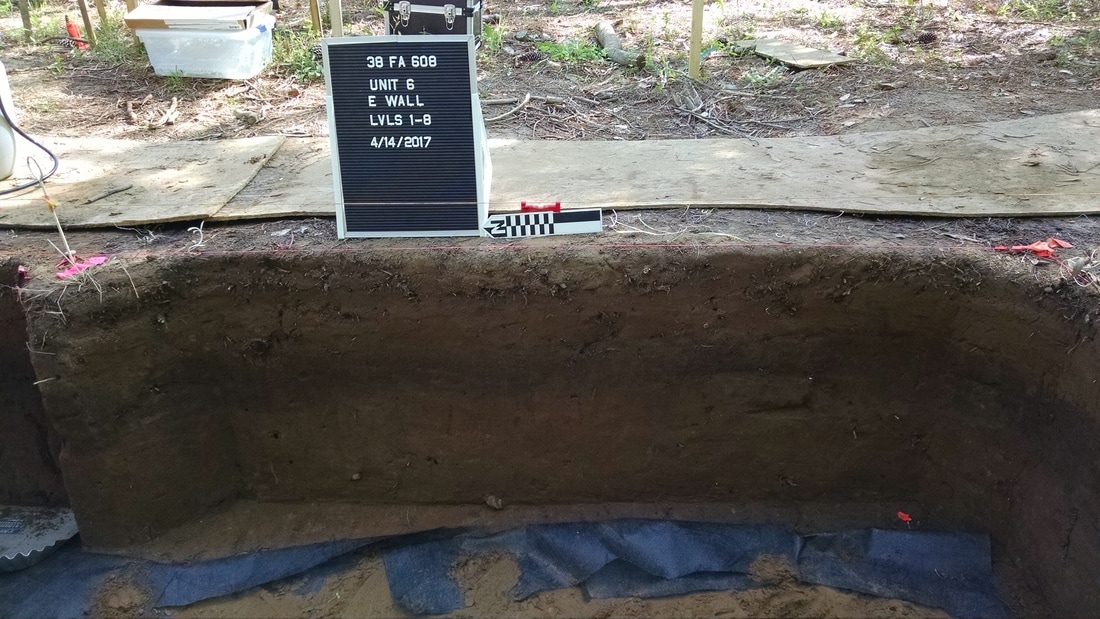
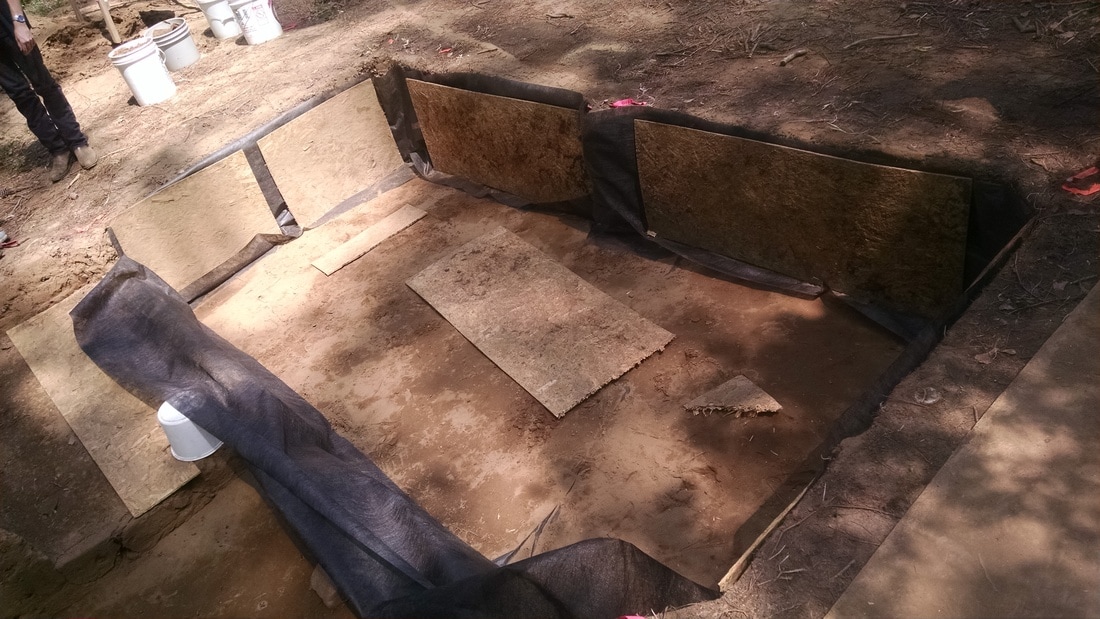
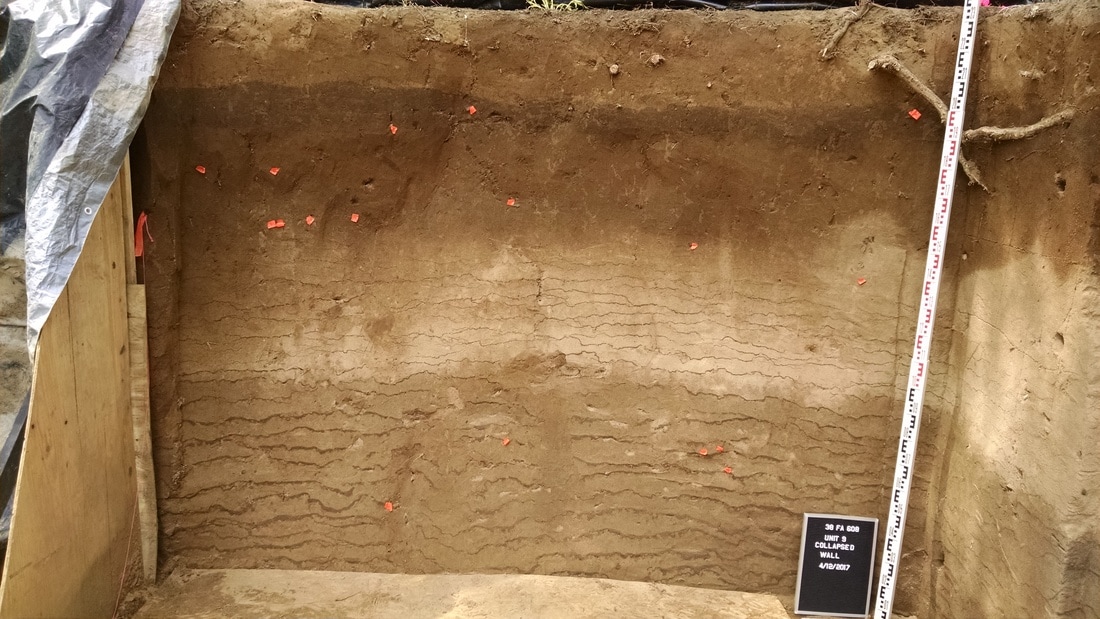
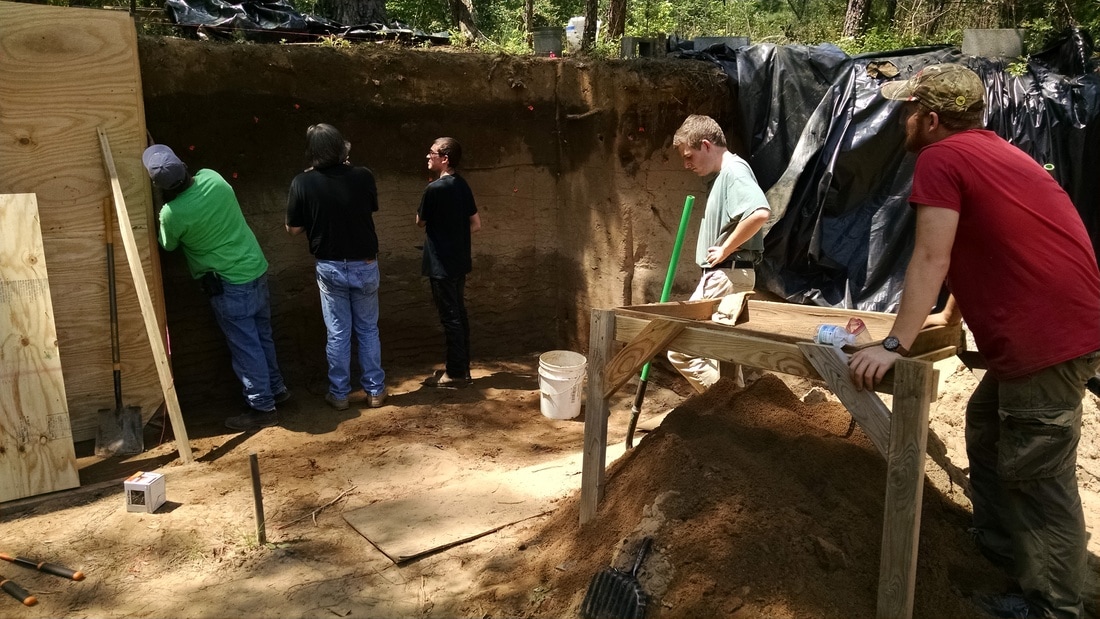
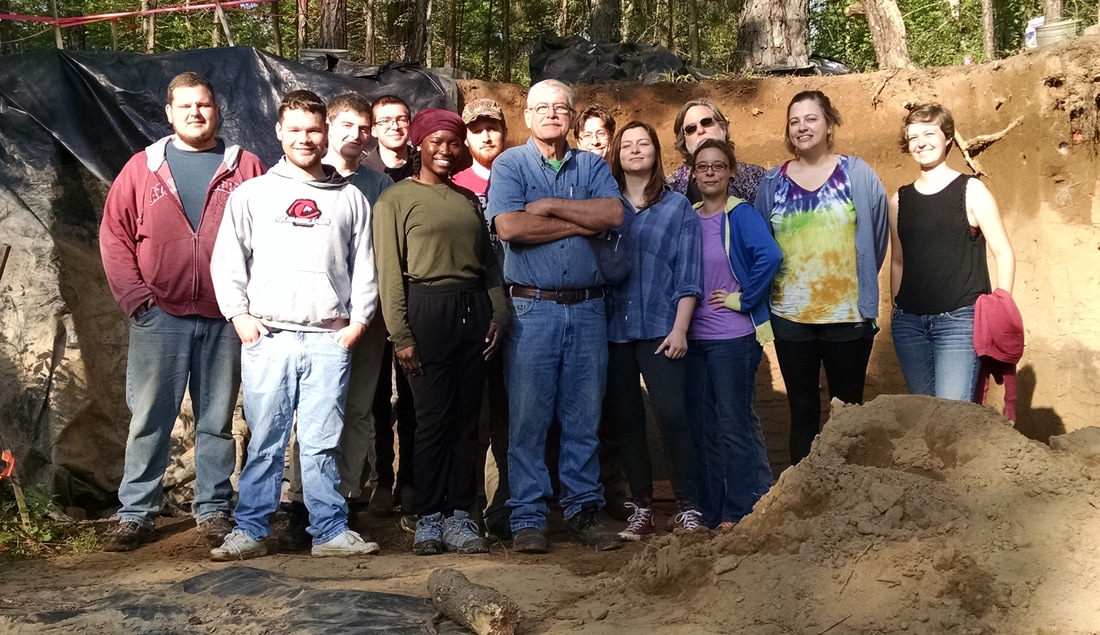
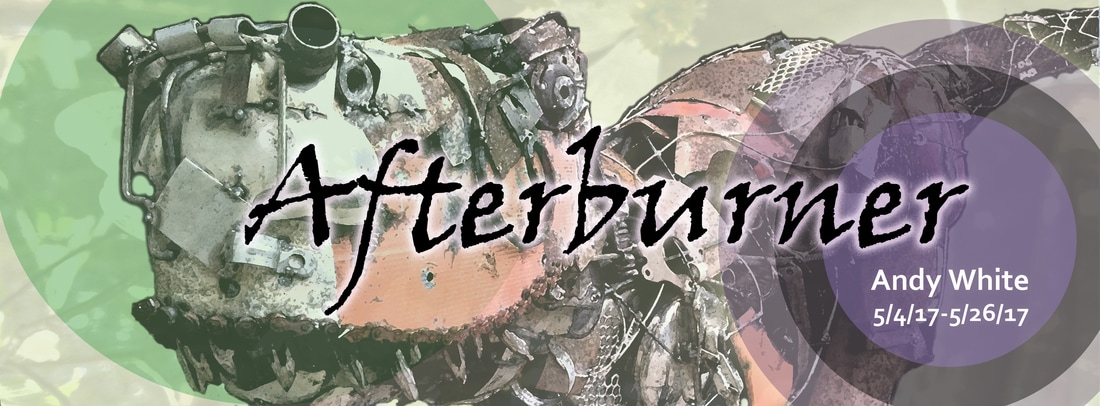
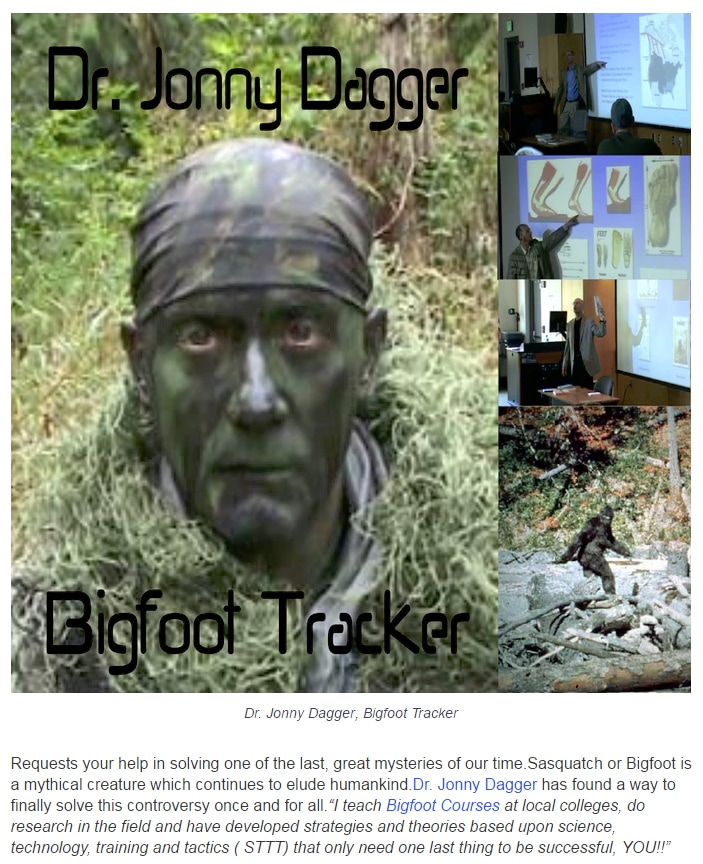
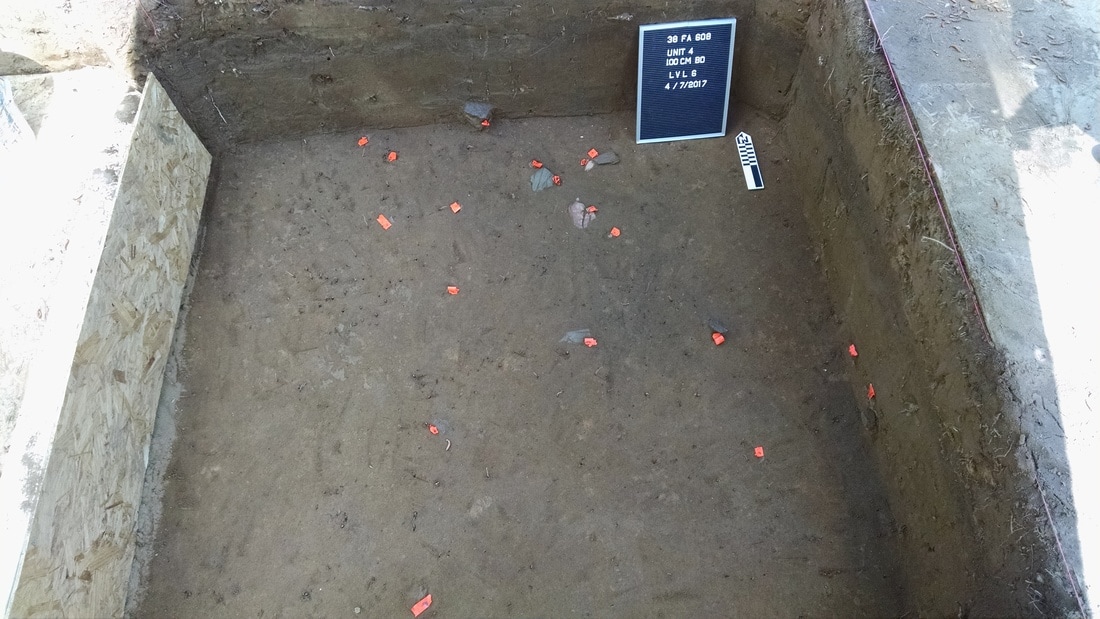
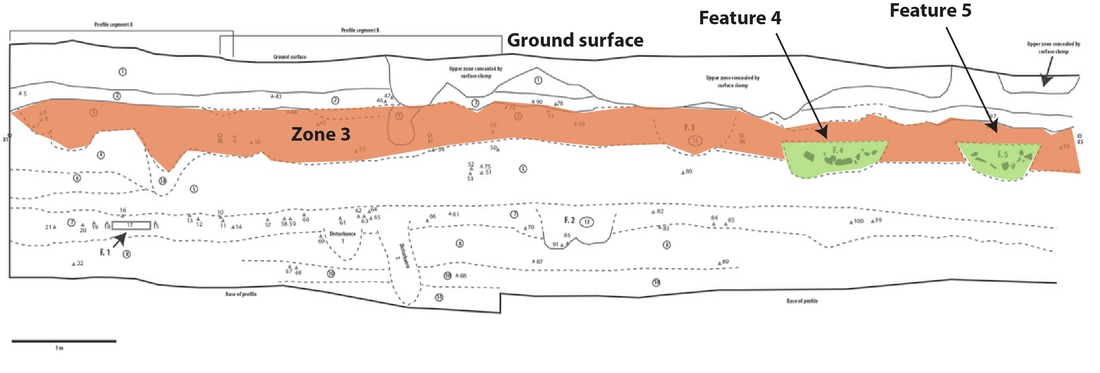
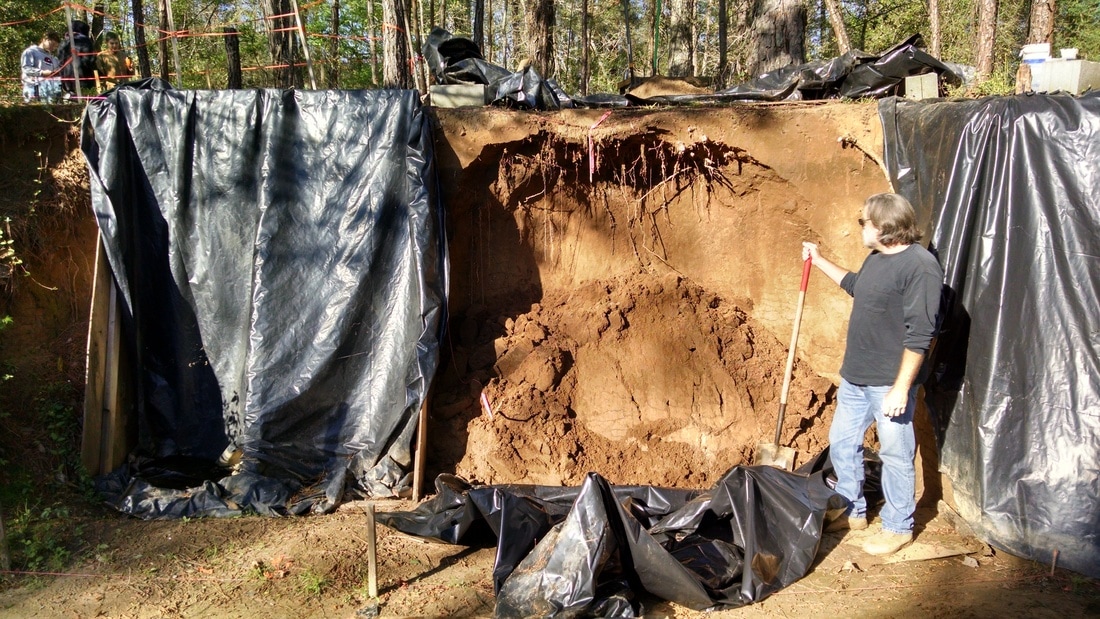
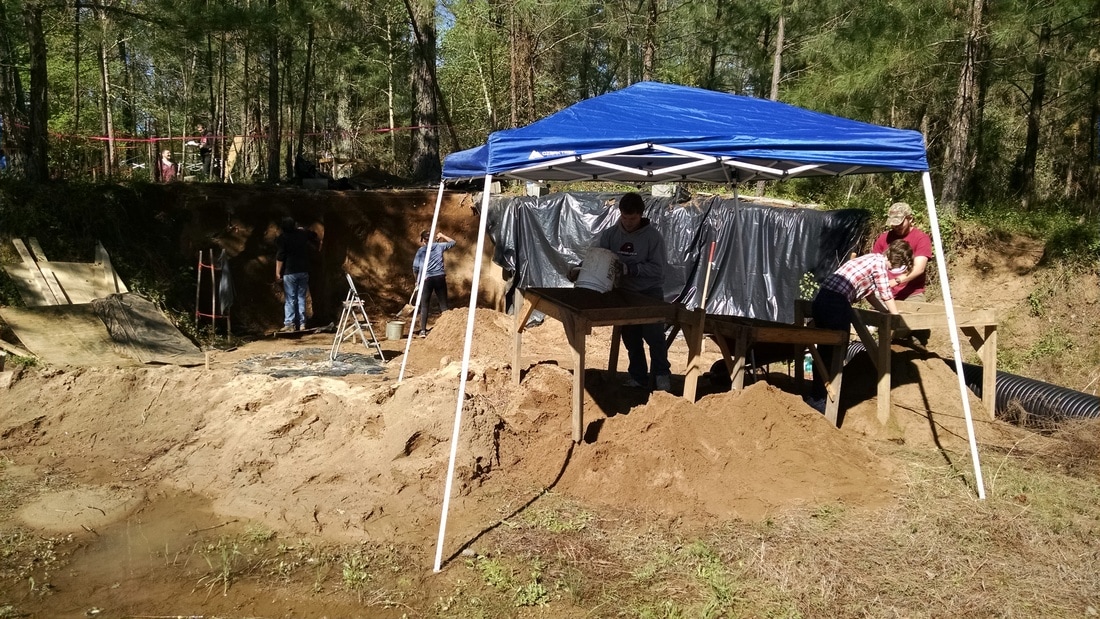
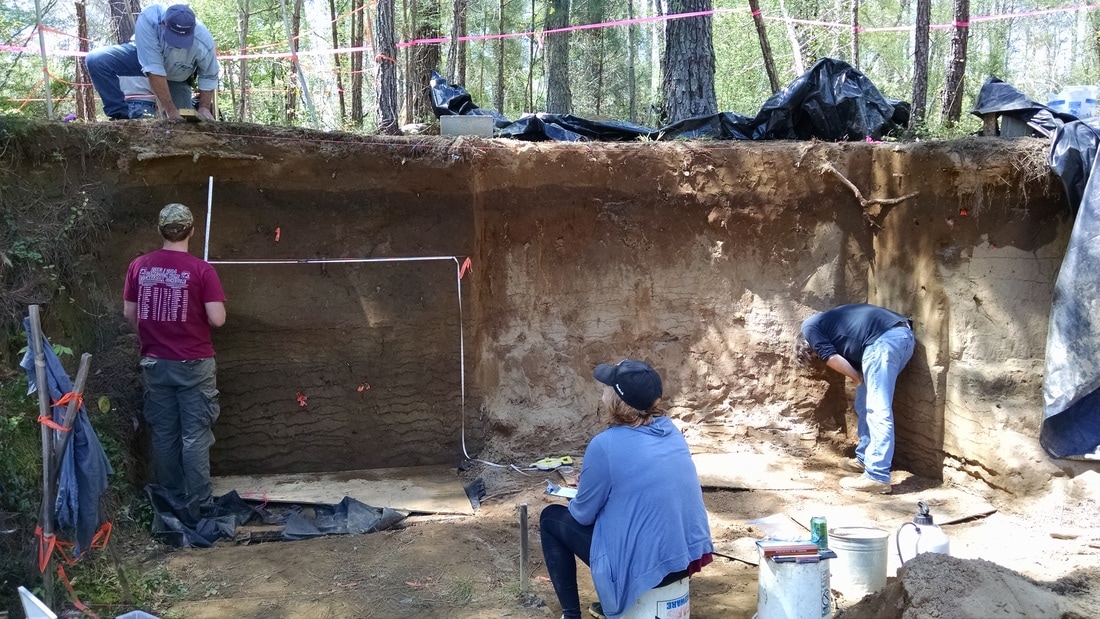
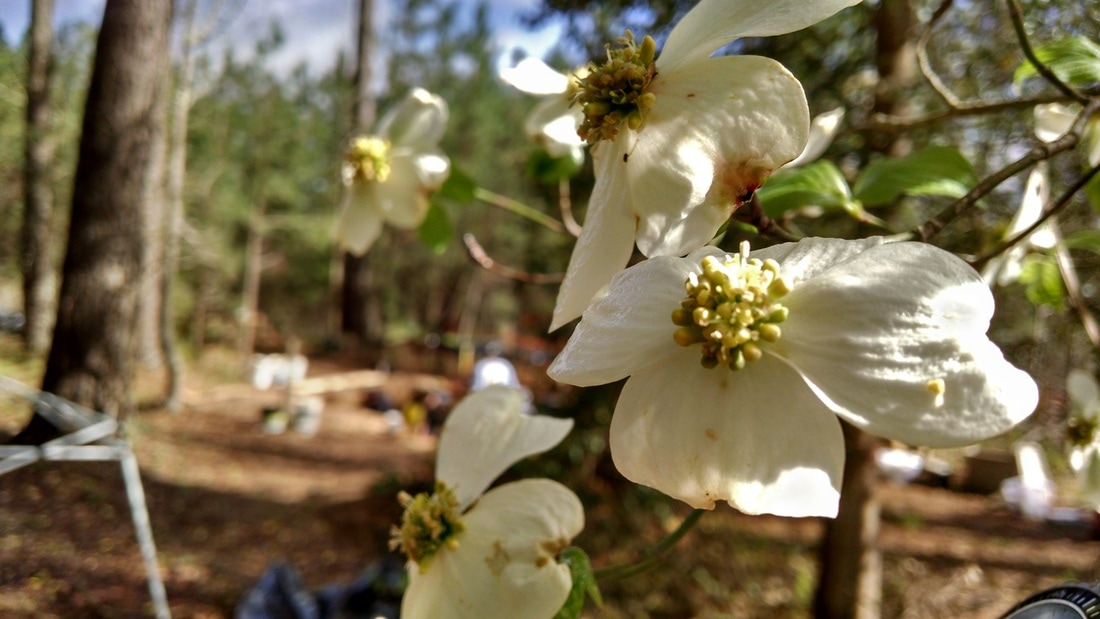
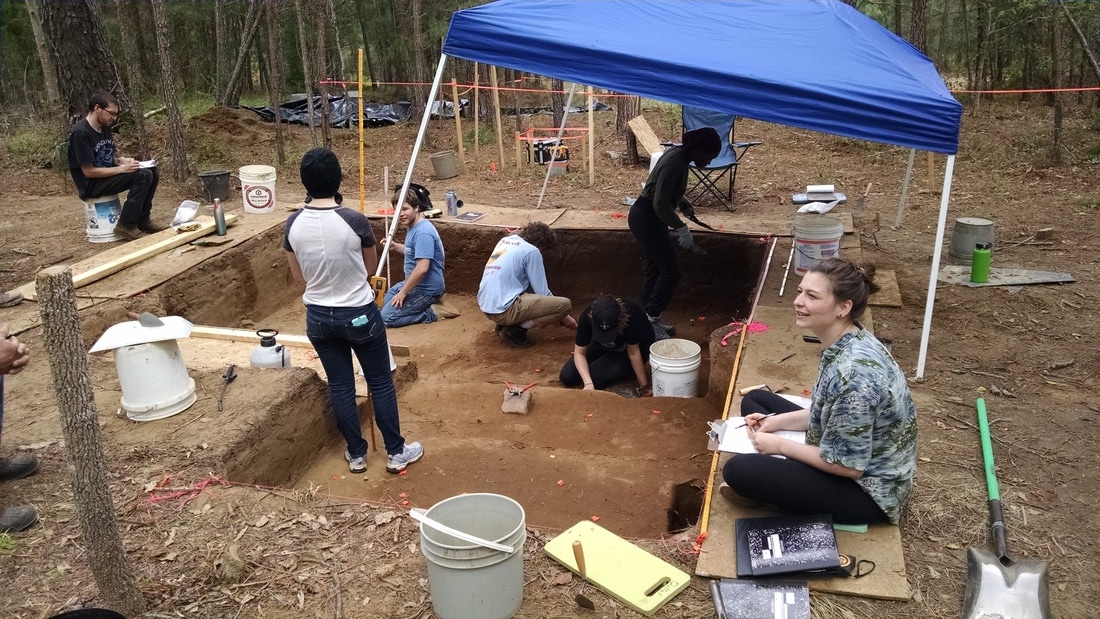
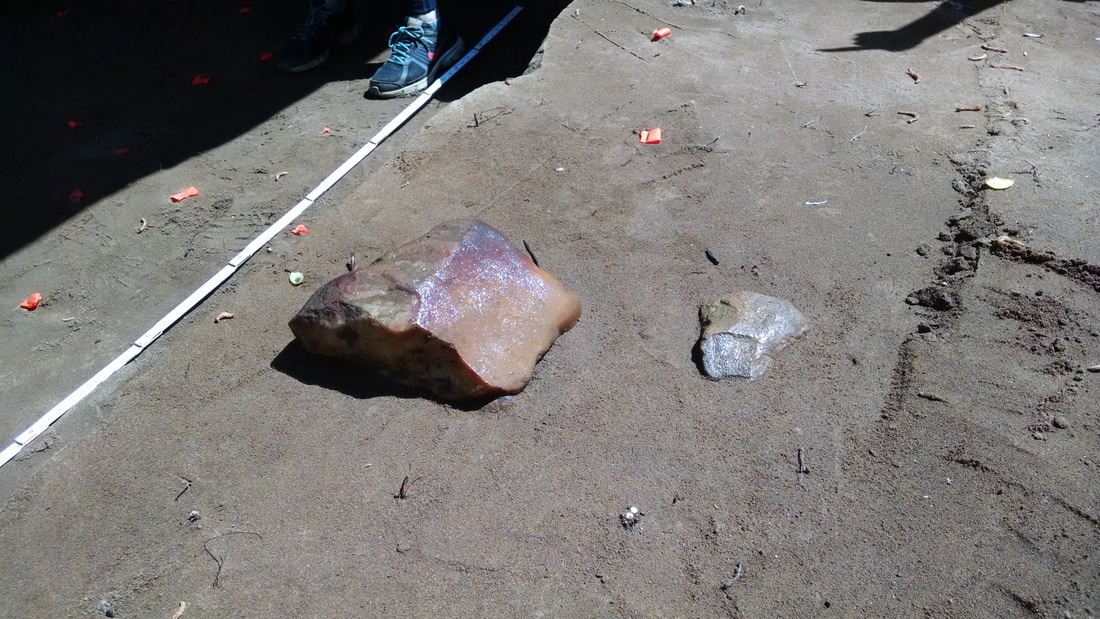
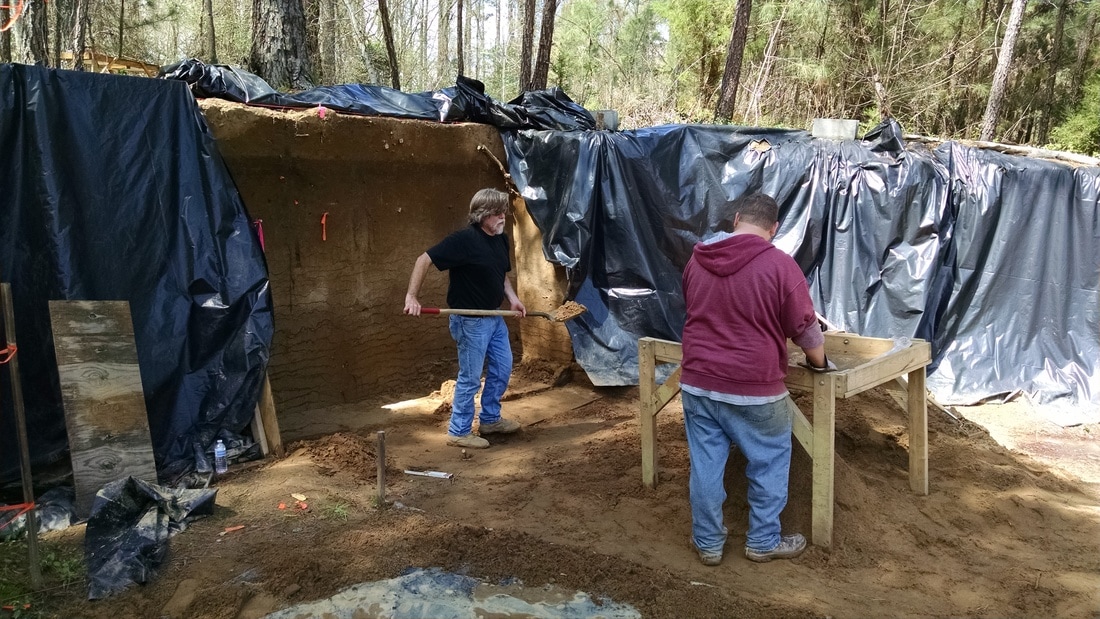
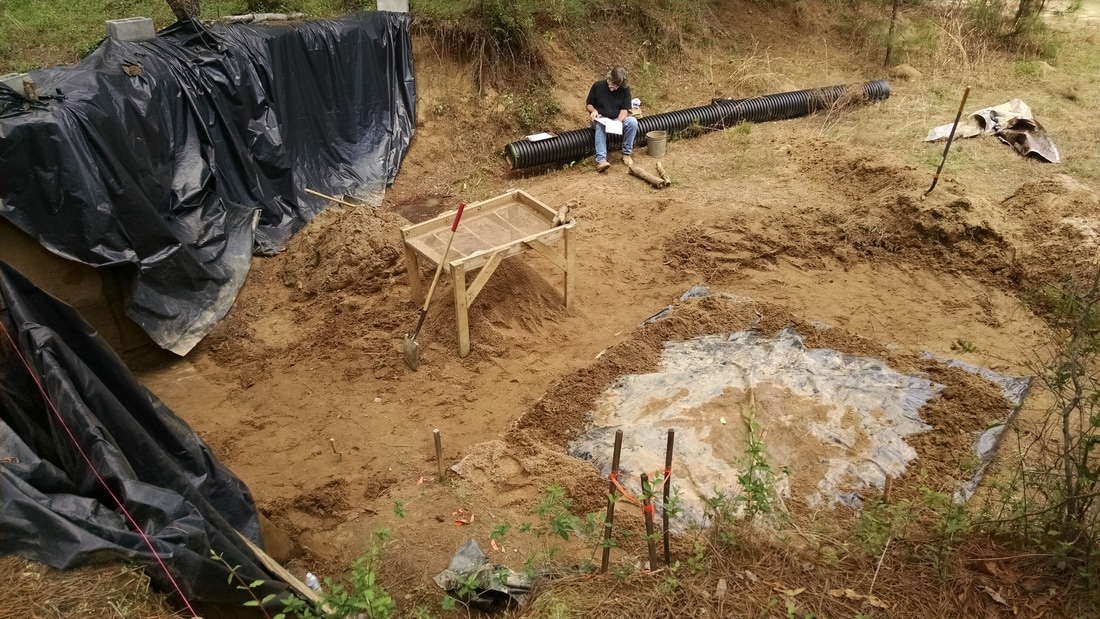


 RSS Feed
RSS Feed
